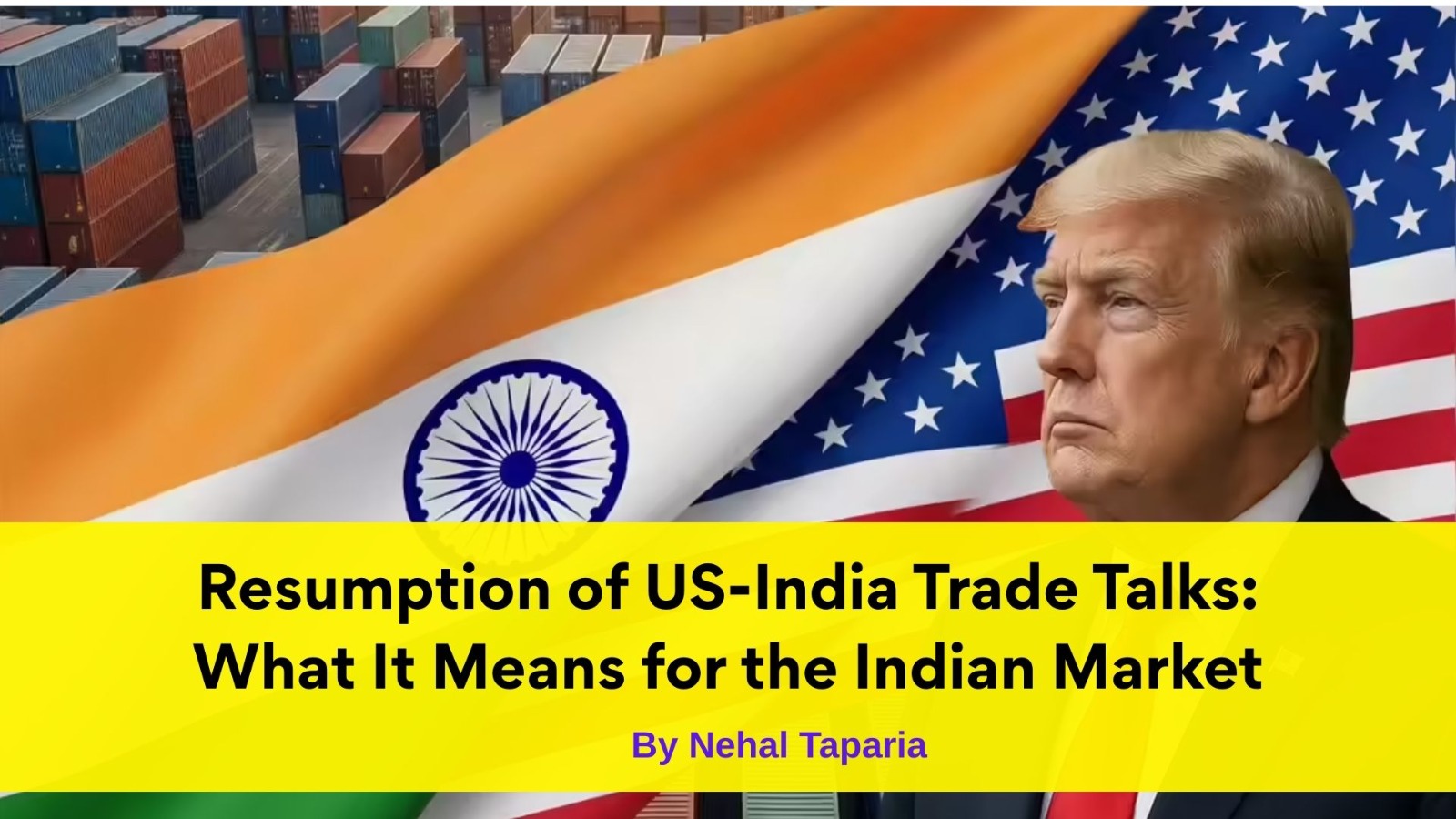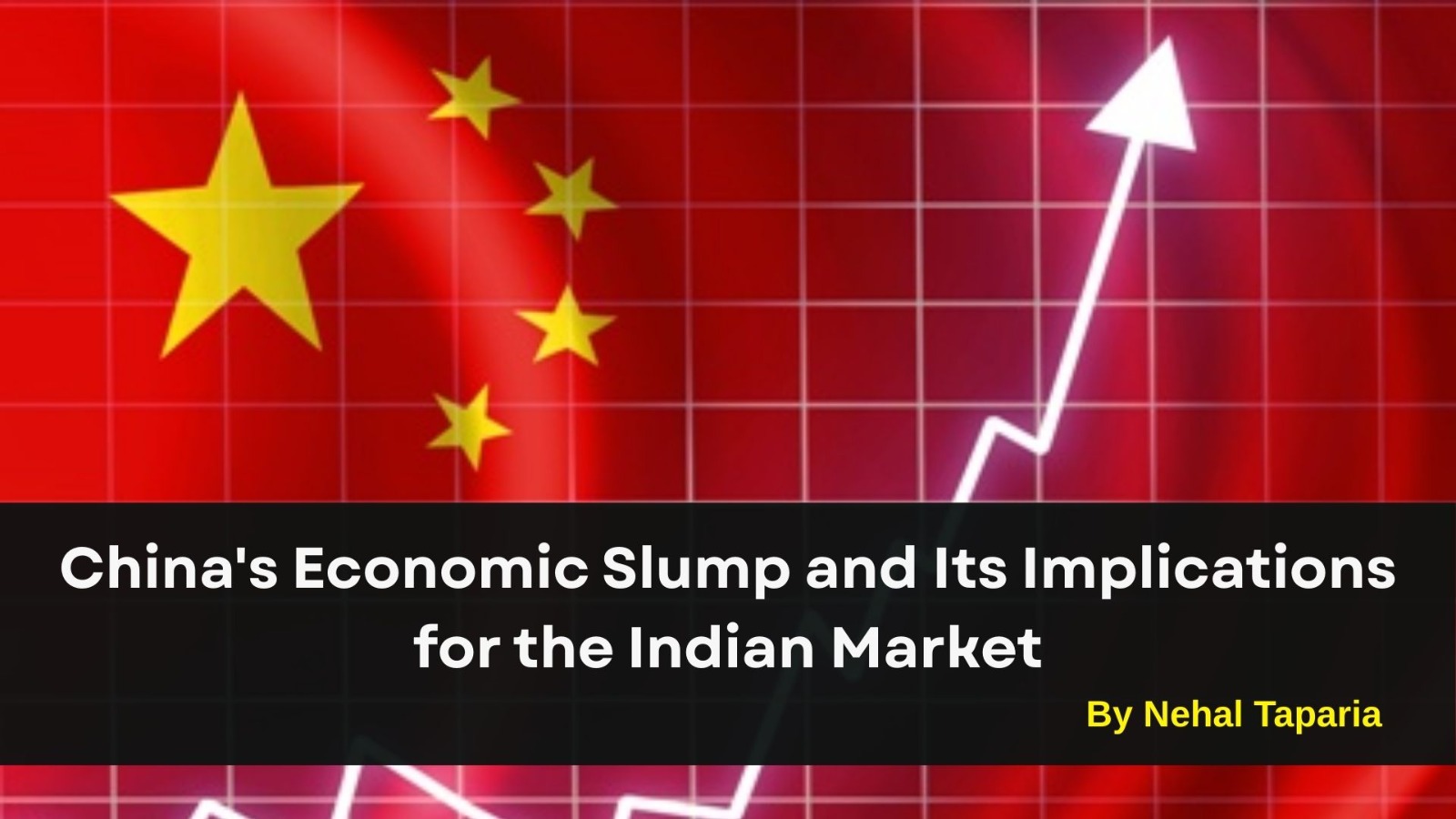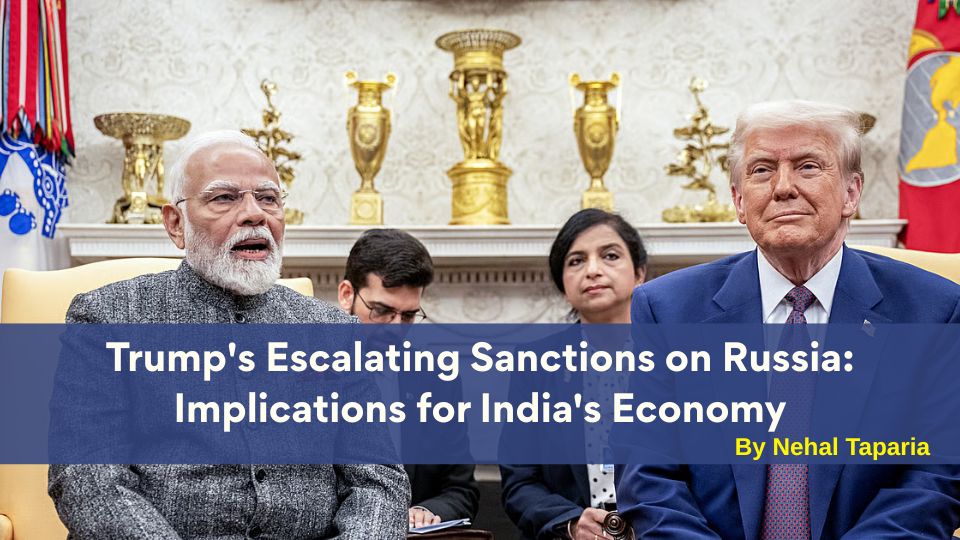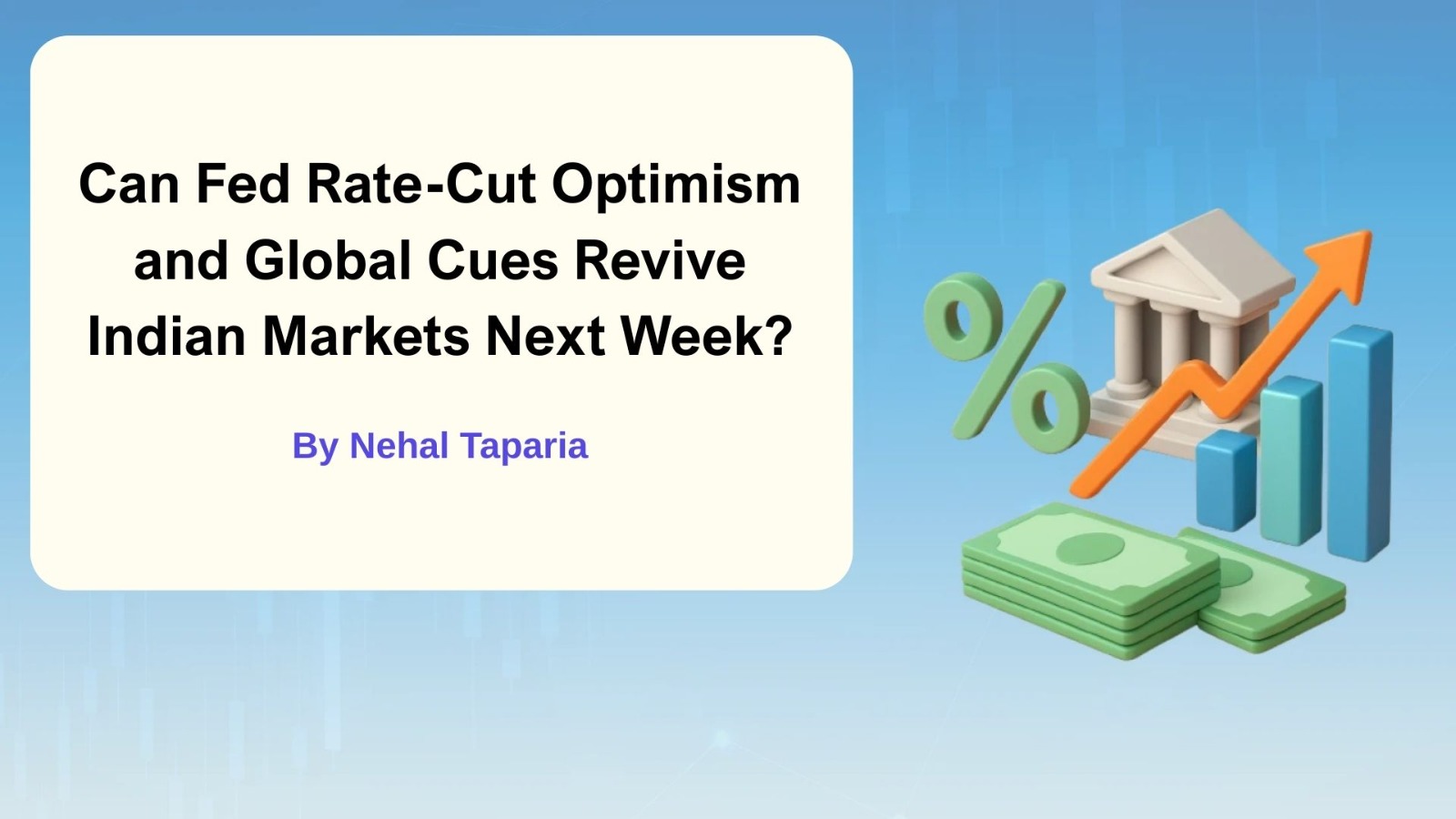Trump’s Tariffs Could Reduce India’s GDP by 0.5%: Implications and Strategic Responses
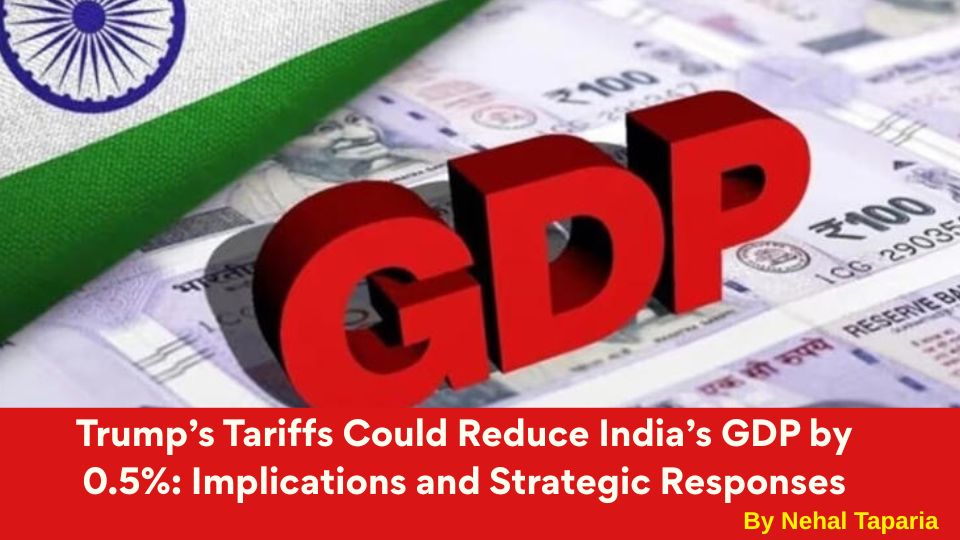
Trump’s Tariffs Could Reduce India’s GDP by 0.5%: Implications and Strategic Responses
Introduction:
The global trade landscape has been significantly altered by U.S. President Donald Trump's recent decision to impose a 50% tariff on Indian exports. This move, primarily targeting sectors like textiles and jewelry, has raised concerns about its potential impact on India's economic growth. Chief Economic Adviser (CEA) V. Anantha Nageswaran has indicated that these tariffs could reduce India's GDP by approximately 0.5% this fiscal year, with further risks if the measures persist into the next fiscal period.
Impact on the Indian Economy
1. Export Sector Strain:
The U.S. is a significant trading partner for India, and the imposition of such high tariffs threatens to make Indian goods less competitive in the global market. Sectors like textiles and jewelry, which are labor-intensive and export-dependent, are particularly vulnerable. This could lead to reduced export volumes, potential job losses, and a slowdown in sectoral growth.
2. GDP Growth Forecast:
Despite the challenges posed by the tariffs, CEA Nageswaran has maintained the government's GDP growth forecast for the fiscal year at 6.3–6.8%. This optimistic outlook is supported by strong economic performance in the first quarter, tax reforms, low inflation, and fiscal measures aimed at stimulating domestic demand.
3. Domestic Policy Measures:
In response to external trade pressures, the Indian government has implemented several domestic reforms:
- GST 2.0: The Goods and Services Tax structure has been revamped to reduce the tax burden on households, thereby increasing disposable income and stimulating domestic consumption.
- Tax Cuts: Direct tax reductions aim to enhance consumer spending and business investments.
- Inflation Control: Efforts to maintain low inflation rates help preserve purchasing power and economic stability.
These measures are designed to bolster internal economic resilience and mitigate the adverse effects of global trade disruptions.
Strategic Implications for the Indian Market
1. Export Diversification:
To mitigate the risks associated with over-reliance on the U.S. market, Indian exporters are encouraged to explore new markets and diversify their export destinations. This strategy can help reduce vulnerability to trade policy changes in any single country.
2. Strengthening Domestic Consumption:
With global demand facing uncertainties, boosting domestic consumption becomes crucial. The government's focus on increasing disposable income through tax reforms and controlling inflation aims to stimulate internal demand, supporting economic growth from within.
3. Policy Adaptation and Diplomacy:
India may engage in diplomatic efforts to address trade disputes and seek favorable terms in international trade agreements. At the same time, adapting domestic policies to enhance competitiveness and resilience in the global market is essential.
Conclusion:
While the U.S. tariffs present significant challenges to India's export sector and overall economic growth, the government's proactive domestic reforms and strategic policy measures aim to mitigate these impacts. By focusing on export diversification, strengthening domestic consumption, and engaging in diplomatic efforts, India seeks to navigate the complexities of the global trade environment and sustain its economic growth trajectory.
By Nehal Taparia
This content is for educational and knowledge purposes only and should not be considered as investment or Trading advice. Please consult a certified financial advisor before making any investment or Trading decisions.
Our Recent FAQS
Frequently Asked Question &
Answers Here
Q1: What sectors are most affected by the U.S. tariffs?
Sectors such as textiles, jewelry, and other labor-intensive industries are most impacted due to their reliance on exports to the U.S.
Q2: How does the Indian government plan to offset the economic impact?
Q3: What is the expected duration of the tariff impact?
Q4: How does this situation affect India's trade relations with other countries?
Copyright © By Empirical F&M Academy. Design & Developed by Techno Duniya

.jpeg)
.jpeg)
.jpeg)

.jpeg)
